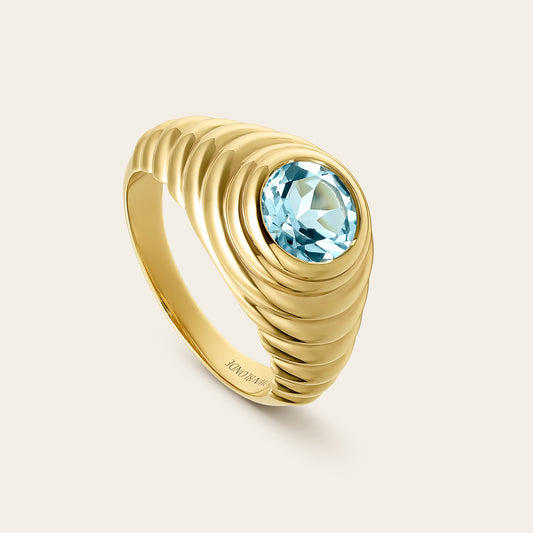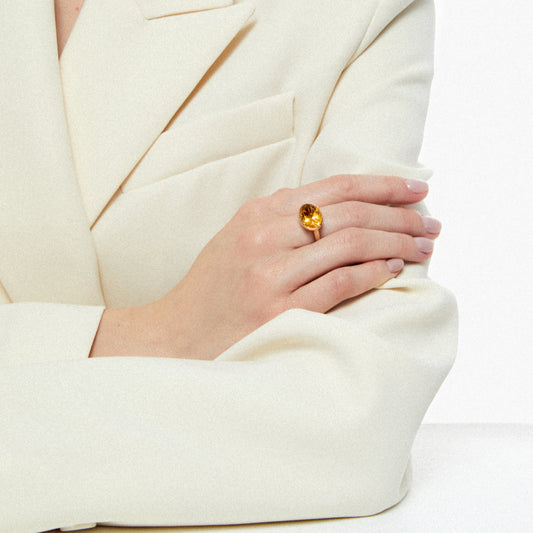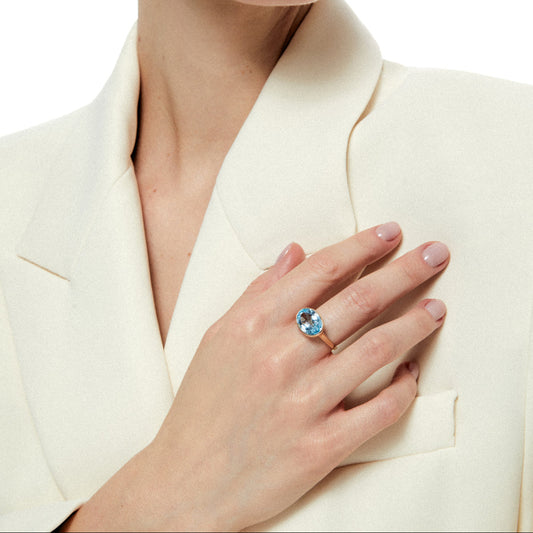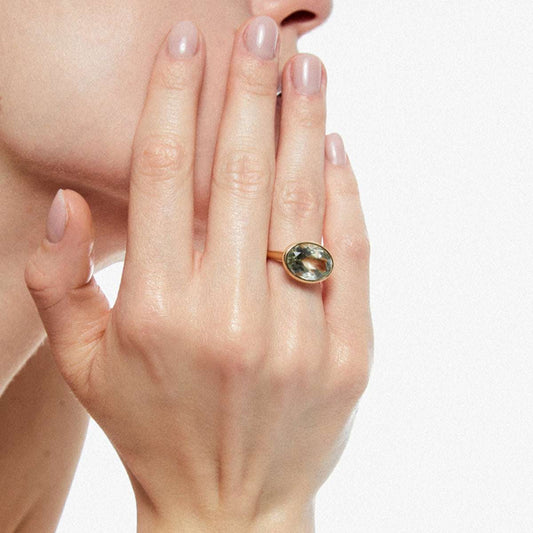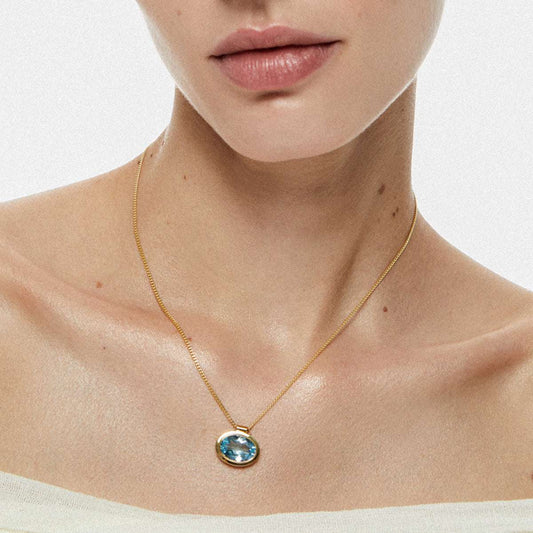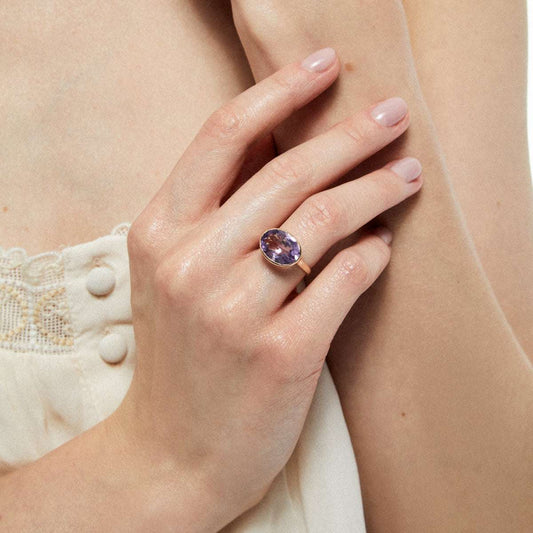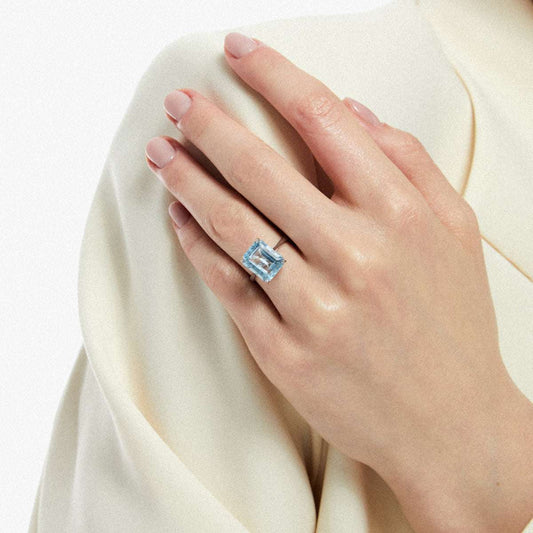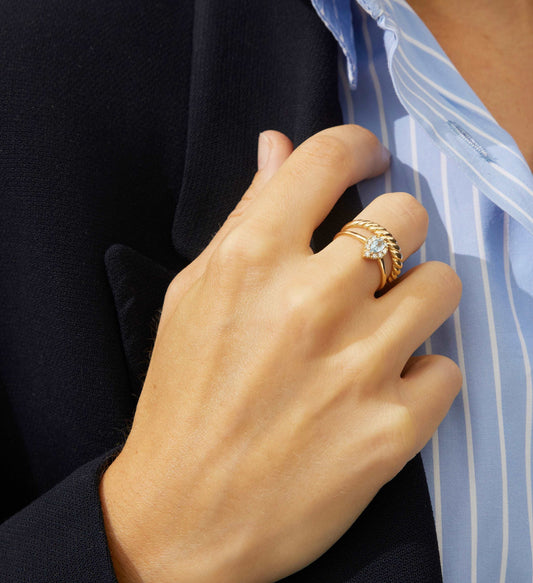Talking about diamonds
One of the first things most people learn about diamonds is that not all diamonds are the same. In fact, every diamond is unique. Diamonds come in many sizes, shapes, colors, and with diverse internal characteristics.
All polished diamonds have value. That value is based on a combination of factors. Rarity is one of those factors. Diamonds with certain qualities are rarer—and therefore more valuable—than those without them.
Jewelry professionals use a systematic system to evaluate and discuss these factors: the grading system developed by the GIA in the 1950s, which established the use of four key factors to describe and grade diamonds: clarity, color, cut and caract weight.
These are known as the 4Cs . When used together, they describe the quality of a finished diamond. The value of a finished diamond is based on this combination of factors.
The value of a diamond is often influenced by the rarity of one or more of the 4Cs . Value and rarity are directly related: in this case, a colorless diamond is rarer and more valuable than one with a slight yellowish hue. This same relationship between rarity and value also applies to color, clarity, cut,and carat weight .
The 4Cs describe the individual qualities of a diamond, and the value of each specific diamond is based on these qualities.
Color
Small differences in color can drastically affect a diamond's value. Two diamonds with the same clarity, weight, and cut can vary significantly in value due to color alone. Even the slightest shade can make a significant difference in price.
Diamonds come in a wide variety of colors. Those ranging from colorless to light yellow or light brown are considered within the normal color range.
Within this range, completely colorless diamonds are the rarest and, therefore, the most valuable. These colorless diamonds set the standard for grading and valuing other diamonds within this color range.

Clarity
Few things in nature are absolutely perfect. And this is as true of diamonds as it is of anything else. Diamonds have internal characteristics, called inclusions, and small surface irregularities, known as blemishes or imperfections. Collectively, these characteristics are referred to as clarity characteristics.
The clarity of a diamond is the measure of the relative absence of inclusions and blemishes.
Surface imperfections include, for example, scratches and small chips. Inclusions are usually found within the diamond, although some can break the stone's surface.
Clarity characteristics can have a negative impact on a diamond's value. However, they can also offer positive aspects. For example, they help gemologists distinguish a genuine diamond from an imitation (this is often easier with included diamonds than with completely flawless ones). Furthermore, since no two diamonds have the exact same inclusion pattern, these characteristics also serve to identify individual stones. Finally, they provide scientists with valuable information about how diamonds form in nature.

Cut
A beautifully finished diamond is dazzling; each of its facets reflects the skill and care of the artisan who crafted it.
When a diamond interacts with light, every angle and every facet influences the amount of light returned to the eye. This interaction is what determines its appearance when viewed from above (what is known in jewelry as face-up appearance ).
Carat weight
Many products are sold by weight: in kilograms, ounces, pounds, or tons. Even people who have never purchased a diamond are familiar with the idea that weight and price are often related. It's easy to understand that a larger diamond will likely be more valuable than a smaller one.
However, there are two aspects that often surprise those who are just beginning to learn about diamonds and carat weight.
The first is the precision with which diamonds are weighed. Diamond weight is expressed in metric carats, abbreviated as "ct."
The metric carat is divided into 100 points. One point is equal to one hundredth of a carat.
Diamonds are weighed to the nearest thousandth (0.001) of a carat and then rounded to the nearest hundredth, or point.
Even fractions of a carat can mean price differences of hundreds or even thousands of dollars, depending on the quality of the diamond.
Do not confuse the term carat with karat .
The carat is a unit of measurement used to describe the purity of gold in an alloy.
Via GIA education

